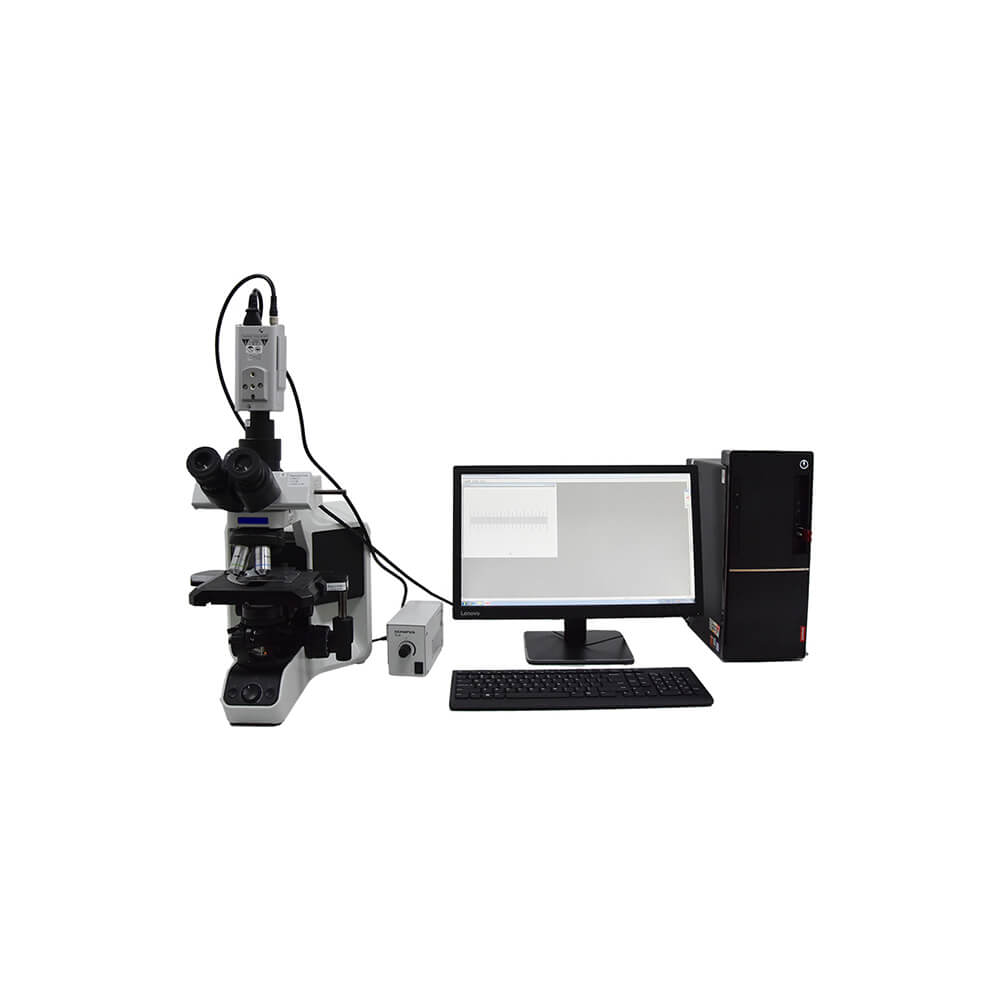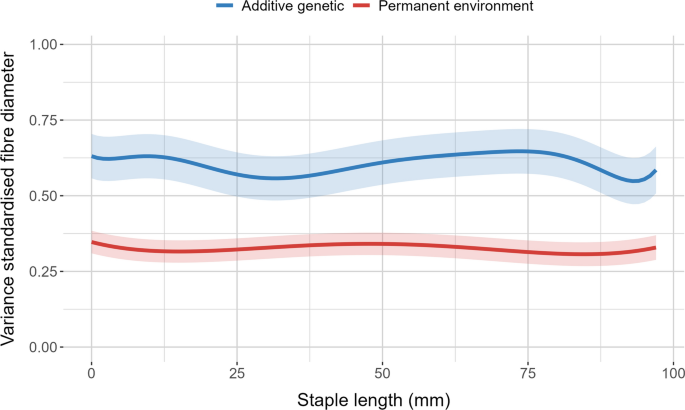Choosing the Best-Suited Optical Fibre Diameter Analyser for High Precision
Choosing the Best-Suited Optical Fibre Diameter Analyser for High Precision
Blog Article
Maximize Your Fibre Optic Performance: Understanding Optical Fiber Size Analyser Innovation
The efficiency of fibre optic systems is seriously influenced by the accuracy of their diameter, a factor commonly overlooked in the search of optimum signal stability. Understanding the innovation behind optical fiber diameter analysers exposes the complex equilibrium between dimension accuracy and production quality.
Significance of Optical Fibre Size
The size of optical fiber plays a crucial function in identifying the efficiency and efficiency of interaction systems. Alternatively, smaller sizes tend to sustain fewer modes, which can improve signal clearness and minimize crosstalk.

Moreover, understanding the diameter's implications can cause cost savings by decreasing the demand for signal amplification and repeaters in considerable networks (optical fibre diameter analyser). In conclusion, the relevance of optical fiber size can not be overemphasized, as it straight impacts the general effectiveness and reliability of contemporary interaction systems

Just How Diameter Affects Signal Quality
Signal top quality in optical fiber systems hinges significantly on the size of the fiber. The diameter influences numerous crucial specifications, consisting of depletion, bandwidth, and modal dispersion. A smaller size can cause greater attenuation prices, causing signal loss as light trips with the fibre. This attenuation can endanger the stability of the transmitted data, causing a decrease in signal top quality, particularly over fars away.
Alternatively, bigger sizes typically enable for boosted light capture and lowered modal diffusion, boosting signal clarity. In multimode fibres, a bigger core diameter can sustain numerous light settings, but it might likewise present intermodal diffusion, which can deteriorate signal top quality. Choosing the ideal fiber diameter is essential for accomplishing the preferred efficiency in certain applications.
Furthermore, the communication between the fibre size and the wavelength of the light made use of plays a critical function in establishing the reliable transmission range and overall signal stability. Understanding exactly how fibre size impacts signal top quality is essential for network developers and designers striving to optimize optical fiber systems for trusted, high-speed data transmission.
Introduction of Size Analyser Innovation
In many optical fibre manufacturing procedures, precise dimension of fibre size is important for making certain constant performance and high quality (optical fibre diameter analyser). Size analysers are advanced instruments designed to examine the physical dimensions of optical fibers with high accuracy. They employ innovative optical and laser innovations to determine the size, ovality, and concentricity of the fibre, therefore supplying important data for quality control
These analysers can run in-line throughout the manufacturing process or as part of off-line screening protocols. In-line systems allow real-time tracking, allowing makers to change specifications instantly, consequently maintaining optimum production problems. Off-line analysers, on the other hand, offer extensive assessments of batches, ensuring that any variances from specified resistances are determined and addressed.
Size analysers my latest blog post substantially add to the decrease of defects in optical fibres, enhancing overall product integrity. By consistently gauging essential parameters, these modern technologies promote compliance with sector criteria and requirements. As the demand for high-performance optical fibres remains to climb, the role of diameter analysers becomes progressively vital in achieving the wanted high quality and performance standards in fiber optic systems.
Key Attributes of Fiber Diameter Analysers
Although numerous designs of fibre diameter analysers exist, they typically share several vital functions that enhance their functionality and integrity. One of one of the most considerable features is high-resolution dimension abilities, which make sure specific diameter readings, crucial for keeping quality assurance in fibre production. Furthermore, lots of analysers include innovative optical sensing units made to identify minute variants in fibre size, thus supplying important information for procedure optimization.
Another vital function is real-time surveillance, enabling operators to obtain instant feedback on fibre size throughout the production Discover More Here procedure (optical fibre diameter analyser). This capacity promotes rapid modifications and reduces the probability of defects. Several analysers additionally come equipped with user-friendly interfaces, making it possible for operators to conveniently navigate via settings and data outputs
Moreover, durable data storage space and analysis performances are essential for tracking historic performance patterns and guaranteeing conformity with sector standards. Some designs also use connectivity choices for combination right into existing production control systems, enhancing total functional performance. Portable and compact designs permit for versatile deployment within production atmospheres, ensuring that top quality guarantee procedures are smooth and reliable. These features jointly add to the efficiency of fiber diameter analysers in optimizing fibre optic performance.
Ideal Practices for Fiber Optimization

First, routine calibration of optical fiber diameter analysers is crucial. This ensures precise dimensions and reduces possible discrepancies that might influence performance. Next off, preserving a tidy functioning setting is crucial; dirt and pollutants can lead to i thought about this signal degradation.
In addition, it is very important to choose fibres that meet certain application requirements. This includes examining elements such as attenuation, data transfer, and ecological conditions. Appropriate installation methods need to likewise be adhered to, including staying clear of sharp bends and too much tension, which can endanger fibre integrity.
Furthermore, using innovative tracking systems can assist in real-time efficiency evaluations, enabling punctual recognition of problems. Normal screening and upkeep must be carried out to make sure that fibres continue to be within ideal operational parameters.
Lastly, training employees on the most recent fibre optimization innovations and methods will certainly boost their capability to execute efficient techniques. By complying with these best methods, organizations can considerably improve the performance and life-span of their optical fiber systems, ensuring efficient communication and data transfer.
Verdict
In conclusion, the integration of optical fiber size analyser innovation is important for making best use of fiber optic performance. By making sure exact measurements of fibre measurements, these analysers dramatically improve signal high quality and decrease losses during data transmission. Routine calibration and maintenance of the analysers are critical to copyright optimum performance and compliance with sector standards. Inevitably, the application of this innovation facilitates boosted data transmission rates and reinforces signal honesty, adding to the general efficiency of fibre optic systems.
Signal high quality in optical fiber systems pivots considerably on the diameter of the fiber.In lots of optical fiber production procedures, precise measurement of fibre size is important for making certain constant performance and top quality. As the demand for high-performance optical fibres proceeds to increase, the role of size analysers becomes progressively important in attaining the preferred top quality and efficiency standards in fibre optic systems.
These functions jointly add to the effectiveness of fibre size analysers in enhancing fiber optic efficiency.
In verdict, the combination of optical fibre diameter analyser modern technology is vital for making the most of fibre optic performance.
Report this page